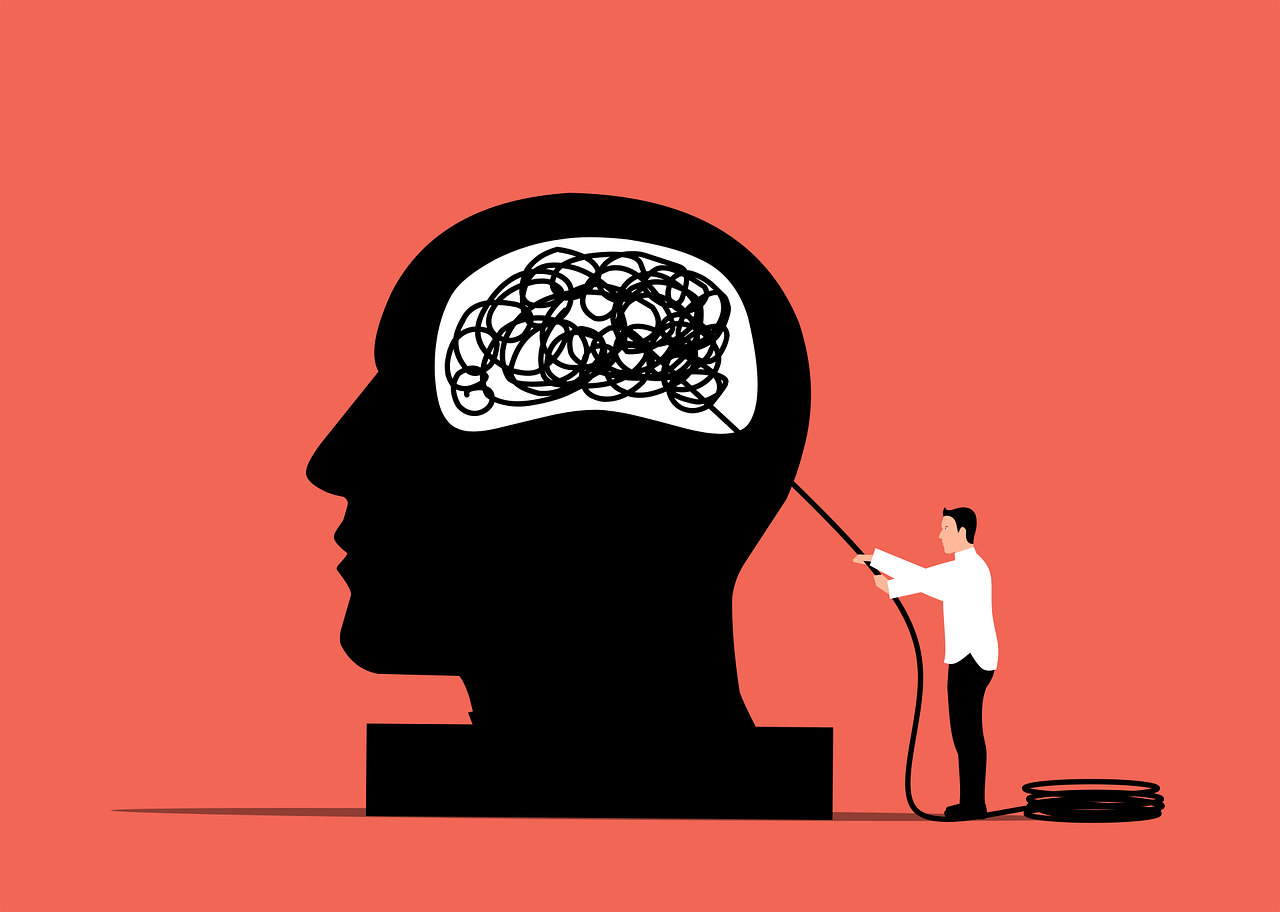In order to fill the gap between mindfulness training and math anxiety, David et al. (2022) conducted the first-ever study that examined the correlations between math anxiety, self-centeredness (defined as a preoccupation with self), and dispositional mindfulness (defined as purposefully paying attention to the present moment experience with no judgment or elaboration). Self-centeredness was operationalized through self-prioritization (defined as the tendency to favor information regarding oneself, rather than others) and decentering (defined as the ability to detach oneself from the immediate experience and take a nonjudgmental stance by reflecting on the situation through metacognitive processes).
The study was conducted with 81 participants and primarily analyzed through Pearson correlations and analysis of variance (ANOVA). Analysis showed that there was a negative correlation between math anxiety and both dispositional mindfulness and decentering. In other words, in a math-learning setting, high levels of decentering allowed individuals to shift their perspective from the self, thus reducing math anxiety. However, low decentering led to maladaptive interpretations, which caused individuals to internalize the events, resulting in heightened math anxiety.
In addition, for individuals with high math anxiety, a math-learning environment induced a negative mood, which reduced self-prioritization by turning the attention to internal states, rather than the stimuli. For example, after receiving a bad score on a math exam, an individual may internalize the situation by blaming his/her ability, rather than attributing the bad grade to environmental factors, such as the difficulty of the questions or the teacher’s teaching methods. This result indicated that math anxiety compromised the functioning of working memory.
Another important finding was that under math anxiety activation, decentering was significantly negatively correlated with self-prioritization. Decentering played an important role in maintaining self-prioritization in situations where self-prioritization was prone to disruption. For example, when taking a math exam, a highly math-anxious person’s self-prioritization may begin to decrease; however, the ability to decenter would help the individual to maintain (or increase) self-prioritization by preventing him/her from internalizing the situation.
Collectively, the findings demonstrated that an individual’s psychological functioning may possibly be the mechanism that induces math anxiety. It also served as a starting point for future studies determining the relationship between the three factors. It also highlighted the importance of self-awareness in math classes.
For EPIC, David et al.’s (2022) study allows us to better understand factors that may cause students to “fail” in math. Additionally, it allows us to recognize any themes connecting to math anxiety, self-centeredness, and dispositional mindfulness as students share their failure stories.
For an in-depth reading on David et al.’s study, retrieve the article at: https://langnum.haifa.ac.il/articles/rubin/2022-02590-001.pdf.
Reference:
David, A., Rubinstein, O., & Berkovich-Ohana, A. (2022). Math Anxiety, Self-Centeredness, and Dispositional Mindfulness. Journal of Educational Psychology, 114(2), 293-407.

